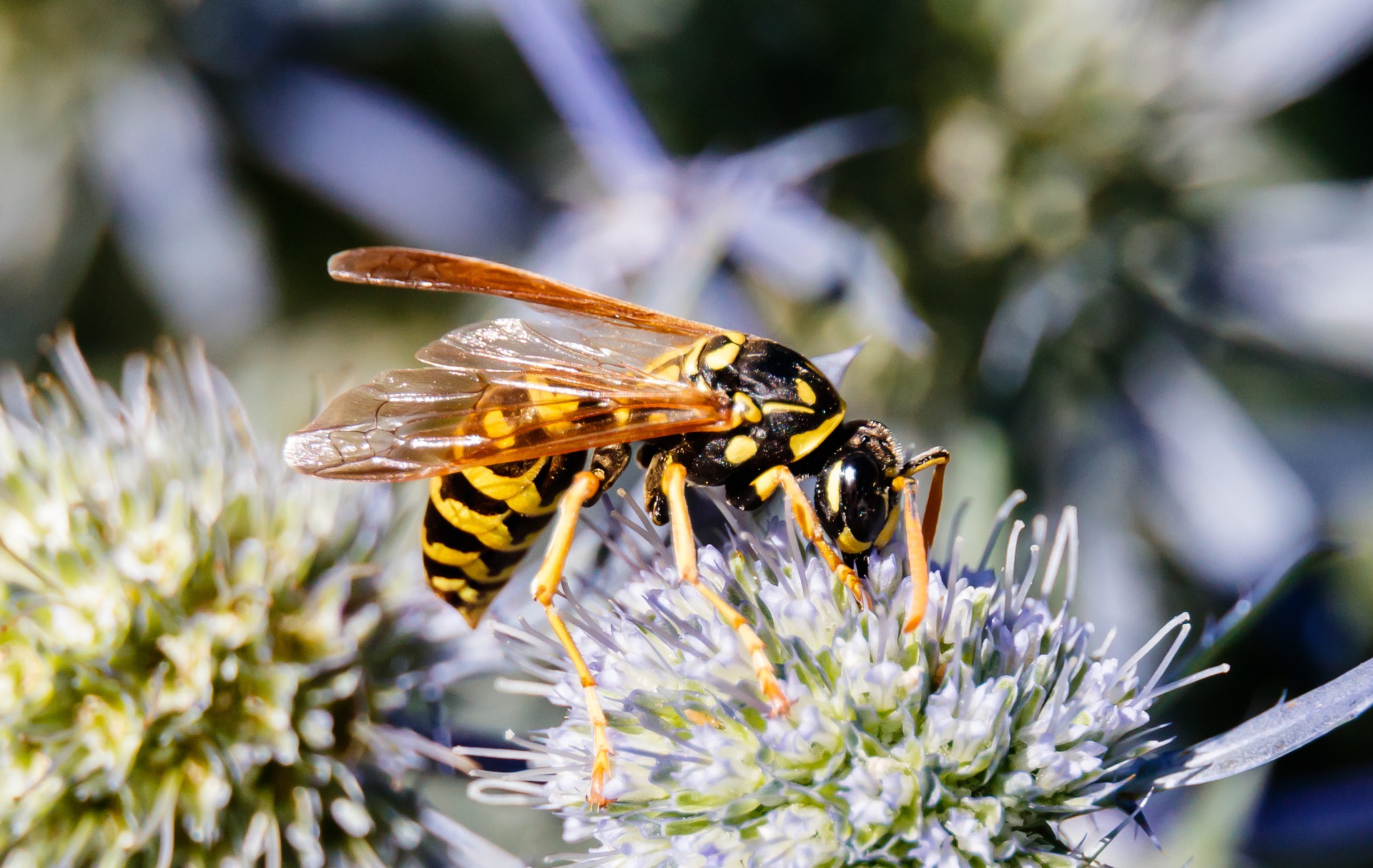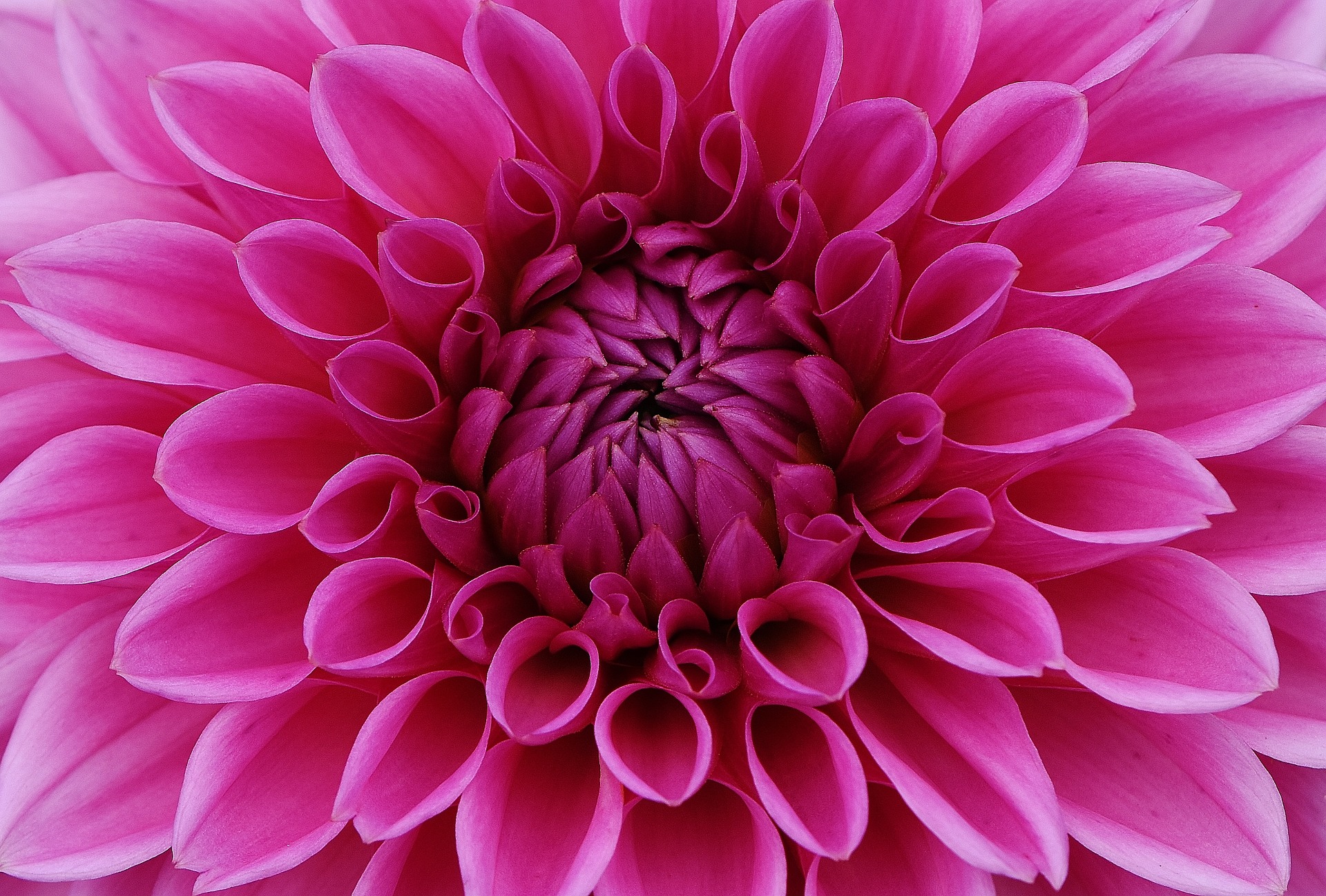By Bob Morrison
Water! Water! and Water some more!
During the early August, the temperatures continue to be very high, rain is intermittent and localized = inadequate. Most plants require generous watering to survive. Wait until a plant show signs of wilt and then water deeply and thoroughly.
Ornamentals
Deadheading:
- Boost flower power – remove faded flowers to encourage annuals to produce more blooms.
- Deadheading also encourages some perennials to bloom again – such as coreopsis, purple coneflower, Rudbeckia, phlox, Shasta daisies, and black-eyed Susan.
Containers:
- Freshen up your containers with the TOP10 SUMMER BLOOMERS:petunias, impatiens, cosmos, asters, marigolds, dusty miller, canna, cockscomb, dahlia, and nasturtiums.
- Container gardens are also probably in need of some sprucing up. Give them a dose of liquid fertilizer if you have not done so in a few weeks. Cut back leggy stems.
Pruning + Fertilizing:
- Cut back annuals like impatiens, vinca, and petunias to encourage fall bloom
- Cut off the green seedpods from your crepe myrtles early this month usually encourages a second bloom in September.
- Dahlias will perk up with cooler temperatures. This would be a good time to do a little fertilizing, pruning and reinforcing supports on tall varieties.
- Have you sprayed the rose bushes for black spot recently? Hybrid teas can also have one last dose of fertilizer early in August to encourage some fall blooms.
- Give azaleas an application of cottonseed meal. Pinching out tips of new swigs on azaleas between now and August 15th will give increased bloom next winter/spring.
- Do not prune spring-flowering shrubs and hedges because buds are starting to form now.
- HOLD OFF on major pruning other shrubs and trees until after frost or late winter. Pruning now stimulates tender new growth that can be killed by the first hard frost.
Watering:
- Check hanging baskets daily in the summer. Wind and sun dry them out much more quickly than plants in other kinds of containers.
- When watering the garden pay particular attention to azaleas and camellias which are forming buds for next year.
- Tropicals (canna, banana, gingers) typically love moisture – be generous!
- Sow pansy seeds, dwarf nasturtiums, and various other annuals such as balsam and zinnia for fall bloom
- Provide support for climbing plants, and tie in the shoots as they grow.

Vegetables & Herbs
- Frequent rain showers invite fungus diseases like early blight and late blight on tomatoes and mildews on squash and cucumbers. Apply fungicides every 1 to 2 weeks to maintain healthy plants.
- Organic gardeners may want to try Serenade (Bacillus subtilis) or a copper or sulfur spray.
- It may sound weird with summer in full swing; however, now is the time to set out starter plants of cool-weather veggies such as broccoli, cauliflower, and cabbage for a fall harvest.
- Sow seeds for lettuce, kale, spinach turnips and beets. Keep seedbeds consistently moist as seedlings emerge.
- The biggest challenges with fall vegetables are insect control and watering in August and September.
- Regular applications of B.t. (Bacillus thuringiensis) will prevent the caterpillars from devouring everything in the cabbage family.
- Practice good sanitation. Remove spent plants from the garden as soon as harvest is complete. Also remove diseased plants as soon as possible.
- Herbs are generally pest free. However, they sometimes get red spider mites and white fly. Infected plants can be sprayed with tepid soapy water.
- Cut back basil, mint and oregano to keep them compact, encourage new foliage growth and prevent these herbs from blooming and going to seed.
- Check cucumbers, squash and green beans daily….fruit matures quickly and is best harvested while young and tender.
- Keep a record of what is planted where and what varieties you grew. You will need this information next year for crop rotation.
Lawn
- Mow fescue and bluegrass lawns three (3) inches high. Shorter grass will become drought-stressed and will be more subject to weeds.
- Water lawns any time it shows signs of stress – bluish-gray tint in color, foot-prints remaining when you walk on it, and wilted, curled or folded leaves.
- Late August is recommended by the Mid-South colleges of agriculture as the best time to sow a new lawn provided the ground has been kept free from weeds this summer.
Other

Yellow Jacket Wasps
- Everyone hates stinging yellow jackets when they swarm around anyone holding a soft drink, cocktail, or beer. These wasps nest underground. When you see them streaming to and from a spot near the ground take note because that’s where their nest is. Return after dark when all the wasps are inside. Direct spray from a can of wasp-and-hornet killer into the entry hole. It will kill on contact.
- Never fertilize when the temperatures are above 85º. If you are using any side-dressing fertilizers, such as 5-10-5, it is even more important to wait for more suitable weather
- ALWAYS READ THE LABEL – Take a fresh look at the label is important whenever using garden insecticides – whether chemical or organic. Labels tell you what disease, insects or weeds will be controlled, where the product may be used, and any safety precautions.
Other:
- If you are going to be away from home for more than a one week arrange to have the garden watered and the grass mowed. .
